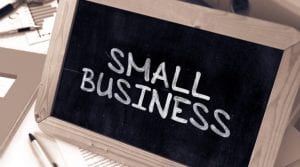Ump’s Fwat
Class
In our previous class discussion, we identified the following necessary components of the planning phase for us to consider before we create our small business.
- What kind of business will we will create and manage?
- How much we will be able to sell at our school?
- How much people are willing to pay for our product?
- How many units of of our product we will need to sell before we begin making money?
- Where we will get our startup money?
- How will we advertise and market our product?
We also determined that our small business will be a Candy Sale Fundraiser.

Goal
Now that we have an idea of the business we would like to create, it is important that we understand the basic vocabulary related to creating and running a business. We are going to use video on Ump’s Fwat based on the book created by the Collegiate School to gain a general picture of the process of planning, and running a business.
Action
You may work with your team members to complete the questions to Ump’s Fwat but each person is responsible for turning in their own work for a grade.
To Do
1. Watch “Ump’s Fwat”
2. Define in your own words the following vocabulary items. Your definitions must be in complete sentences (with correct spelling, grammar, and punctuation). USE only the video or the book.
Marketable Product:
Savings:
Invest:
Profit:
Stockholder:
Dividend:
3. Describe, in your own words, the process by which an idea can become a business.
4. Answer the following questions. You must cite your source of information (website links are fine) and paraphrase anything that you read (instead of copying word for word). USE the internet, encyclopedia, or other resource. (Yes, you can ask your parents)
a. What is the difference between supply and demand?
b. What is a demand curve?
c. What is the difference between revenue and profit?
d. What is the difference between fixed costs and variable costs?
e. How do businesses determine what price to set for their products?
5. Bring your assignment to class on Monday.


